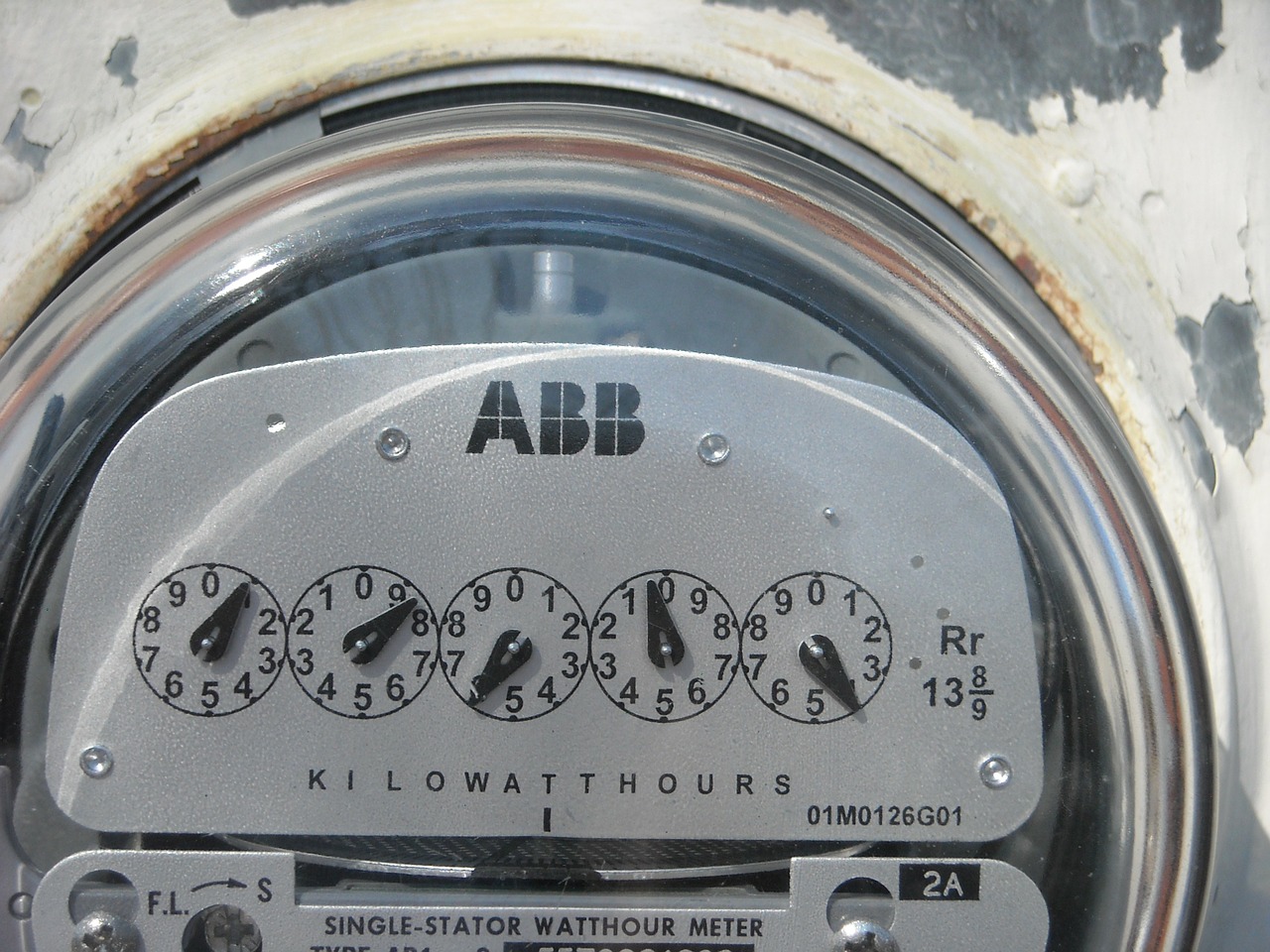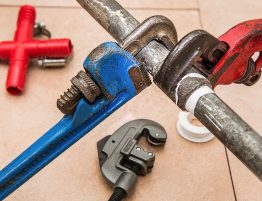
If you’ve lived in your home for a few years (through several seasonal changes), you have a good idea what each month’s energy bill should be—electric or gas. But even if you haven’t been keeping track, the utility company has at least several years’ worth of your energy use history. Keeping an eye on your usage can help you spot billing problems. And some utility companies have started helping out consumers by sending alerts when something seems strange about your charges. Of course, they do wait until the end of the month, so if there’s a costly hike in your bill, you’ll still be on the hook for it for that month. But here’s what to look out for if your utility bills take a jump.
Temperature Extremes
Even in a climate where temperatures don’t vary as much as snowy regions, an unseasonably warm or cold month can use more energy than expected. You billing history (either on your printed bill or online account) should compare not only your usage but the temperatures for the previous year so you can see if there was a big difference that might account for increased charges.
Actual vs. Estimated Bill / Deregulation
Your energy bill should indicate whether the charges are for “actual” usage, or “estimated” usage. While estimates are more common in inclement weather, it can also be a practice when meters are inaccessible to utility employees. As electric companies adopt smart meter technology that doesn’t require a visit by a meter reader, estimated bills should disappear. But it’s still worth checking your bill.
Currently, there isn’t a choice of electric providers for Florida or Georgia residents, but gas utilities are beginning to be deregulated, so you’ll need to choose a gas supplier or go with whichever company your municipality chooses by default. No matter who your supplier is, if there are annual changes to their charges, you may need to stay informed so you can keep the best price. Some suppliers offer introductory rates, but you may pay more later if you stay on the same plan—and it’ll show up as a higher bill.
Broken Meter
A massive change in your utility bill could also mean a broken meter. If you’re having trouble tracking down the change, it’s worth contacting the utility company to have them check the meter—especially if you see unusual activity on the meter (like rapid movement!).
Guests and Visitors
Changes in household routine can have a big impact on your bills—especially if you’ve had a number of guests and/or overnight visitors. If there’s usually no one home, but this month there were a number of people using the heat or A/C during the day (not to mention heated water, TV and entertainment, lights, and more), that can translate to a higher bill. And then there’s the stovetop and oven if you’ve been tasked with cooking holiday meals!
Smart Thermostat Settings
New smart thermostats promise utility savings by learning your routine and making economical adjustments to your home and away heating and cooling. But with at least one type of smart thermostat—the type with additional temperature sensors—you can run into trouble if your home has extreme hot or cold spots. One smart thermostat user we know spends most of her time in her great room. She installed a remote sensor in that room so the thermostat’s comfort settings would target that space. But because the great room has a balcony with a western exposure, it can be 8-10° warmer on a hot day. So even though the main thermostat reached the shutoff point for the air conditioner, it continued to run in a losing effort to cool the great room. The result: nearly double the electric bill! So, she deactivated the remote sensor and the bill dropped back to normal.
A/C or Heat Fan in On Position
Have you started running your A/C or heat fan in the on position for more air circulation? It’s true that running your A/C fan a few minutes per hour (even when the cooling or heat is off) is good (and that’s one great thing about a smart thermostat—it can schedule and control that), but running it in the on position all the time will greatly raise your utility bill… and also cause humidity problems with the potential for mold and mildew growth. Save yourself some cash and limit when the fan runs.
Heat Strip Problems
Some heat pump systems are equipped with heat strips to deal with frost when temperatures dip lower than usual. If there is a problem with the heat strip, they have been known to run at the same time as the air conditioner—and therefore working against each other. As you can imagine, that will result in a pretty ugly energy bill! And even if that’s not the issue, a maintenance call for your A/C or heat pump may be in order to rule it out as the cause.
Other Appliance Problems
Check your home for other major appliances that may be failing, running inefficiently, or that have been left plugged in when usually they are unplugged. A huge unexpected energy bill can be a sign of something failing, but all of us can make a few small changes around the house to save on our electric and gas bills.







